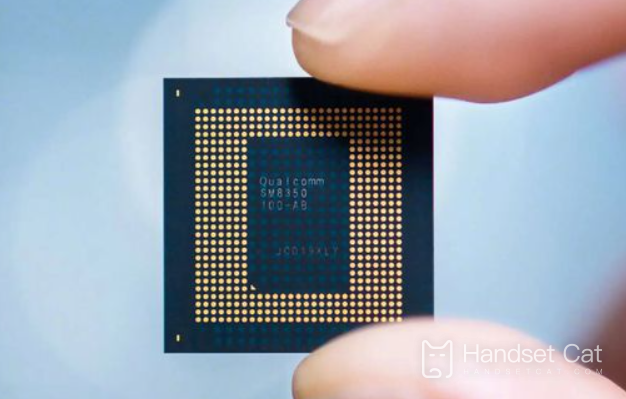How many nanometers is Snapdragon 7sGen3?
As the leader in the mobile device market, Qualcomm's Snapdragon series processors attract widespread attention in the industry with every new product release.Snapdragon 7sGen3 is a processor launched by Qualcomm for the mid-to-high-end market, and its manufacturing process has naturally become a key factor in evaluating its performance and energy efficiency.So how many nanometers of process technology does Snapdragon 7sGen3 use?Let me tell you below.

How many nanometers is Snapdragon 7sGen3?
Using 4nm process technology
Snapdragon 7s Gen 3 scored 1175 points in the single-core test, indicating its excellent efficiency and speed when handling a single task or operations that rely on a single core.Reaching 3157 points in the multi-core test proves the processor's powerful ability to handle multi-tasking and multi-threaded applications. This is especially important for modern smartphones and tablets, because these devices usually need to run multiple processors at the same time.Applications and background services.
Snapdragon 7s Gen 3 not only reaches the top level of similar products in terms of performance, but also maintains high standards in terms of energy efficiency, graphics processing and network connectivity.For consumers, this result means that devices equipped with Snapdragon 7s Gen 3 will be able to provide a smooth user experience, whether it is daily applications, high-definition video playback, 3D games or complex artificial intelligence applications.support.
Snapdragon 7sGen3 uses a 4-nanometer process technology, which not only brings excellent performance and energy efficiency ratio, but also reflects Qualcomm’s deep technological accumulation in the field of semiconductor design and manufacturing.The use of this process node allows Snapdragon 7sGen3 to provide powerful computing capabilities while maintaining low power consumption and heat generation.












